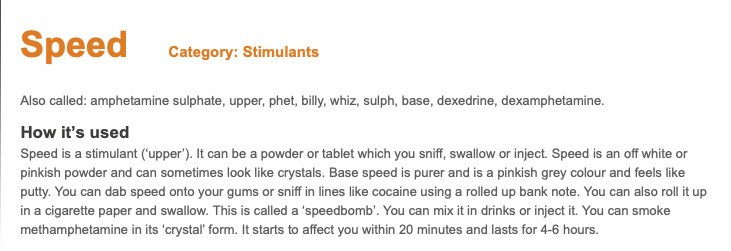Decadent_Spectre
Well-Known Member
Means?!
I still need vocal clarity, good midrange and clean, deep bass!
Get this point. But since mine is a mix of 50-50 interviews and heavy-duty hip-hop/jazz, I don't mind getting a pair of monitors and then later adding a sub.
So, basically this is a hard-set equaliser that adjusts frequencies to preset parameters?
And that what Adam Audio has is a two-step pre-set substitute to a genuine Equaliser?
Bro, if what I understood is right, this is a great starting point.
But I would still love to try and integrate the following, slightly stretching the budget:
1. A good 5" nearfield active pair with at least 50-100W power.
2. A good 10"-12" sub with at least 300-500W RMS, and
3. If I go down this route, do I need a good standalone DSP or Equaliser?
It means the output level you seek is easy to achieve and even the smallest speaker should be able to achieve it at a meter or so.
Vocal clarity is understandable, not sure what you mean by good midrange, clean deep bass requires size and power. Low distortion from traditional alignments such as sealed or ported requires linear excursion which can be expensive, also deep bass requires excursion and expensive drivers. It depends what you mean by deep bass I am assuming 7Hz or so here. If you mean 20Hz it is more easily achievable. Some of the smaller,cheaper subs may get to 20Hz but it likely won't be at significant level or may be significantly rolled off. Further it will likely have significant distortion but that may be imperceptible.
Sure try it out but even for that you may find the monitors not to your liking. Won't know till you try, best to audition if you can do.
All DSP is hard set in the sense that you set the filter and leave it and it stays so based on it's preset (customisable) setting that you chose. In this case they seem to have fixed the frequencies,slope you can choose and limited the amplitude that can be customized.
An equaliser as is commonly referred to it is generally parametric EQ, in a DSP various filters are available including a parametric EQ. Generally a parametric EQ will have 3 parameters, frequency,Q (the bandwidth it affects) and amplitude (positive and negative). Here we are talking about a shelf filter, instead of being centered on a frequency which affects both above and below the frequency in the set Q (bandwidth) a shelf filter will adjust all frequencies above or below the set frequencies based on whether it is a high shelf or a low shelf. A shelf filter often comes with a slope, sometimes stated on db/octave and sometimes in Q, this sets the slope at which the shelf filter is applied, it can be steep and quick or gradual and slow.
If you are not set on maximum vocal clarity I would recommend looking for some coaxial based speakers for nearfield listening, also I would suggest not being fixed on actives. A 10-12" sub would be sufficient but blending nearfield could be difficult. DSP would help if you are willing to take the learning curve. Most people make the mistake of using DSP only based on measurements or just for the sub. I recommend doing it by ear and using it both on speakers and subs. You don't need the DSP but it can help tweak to taste. If you do decide on monitors DSP can alleviate any regrets by giving you the option to make it sound better. If this is only for PC I suggest buying JRiver, it has built in DSP and short of very advanced DSP software this is the best software based DSP I have used, hardware based DSP is better but you can get your feet wet for minimal cost and get a very good, flexible player in the bargain. I hope this helps.
Interesting observation. A few guys who work on studio monitors reiterated the same and much preferred the Q Acoustics M20HD when it came to music. I have a pair of Hivi D1090 (i wonder whether they qualify as studio monitors) and they're a bit cold as well, albeit plenty dynamic and clear with a decent mid range.
Will get a pair of proper studio monitors and try them out for speed.
I think anyone with half decent hearing and a genuine interest in music could tell you this by listening to them.
Speed is achieved by coherent phase response, extended and relatively smooth frequency response and most importantly a VERY well treated room. Heavy absorption is required. Alternatively open air, ie outdoors.


